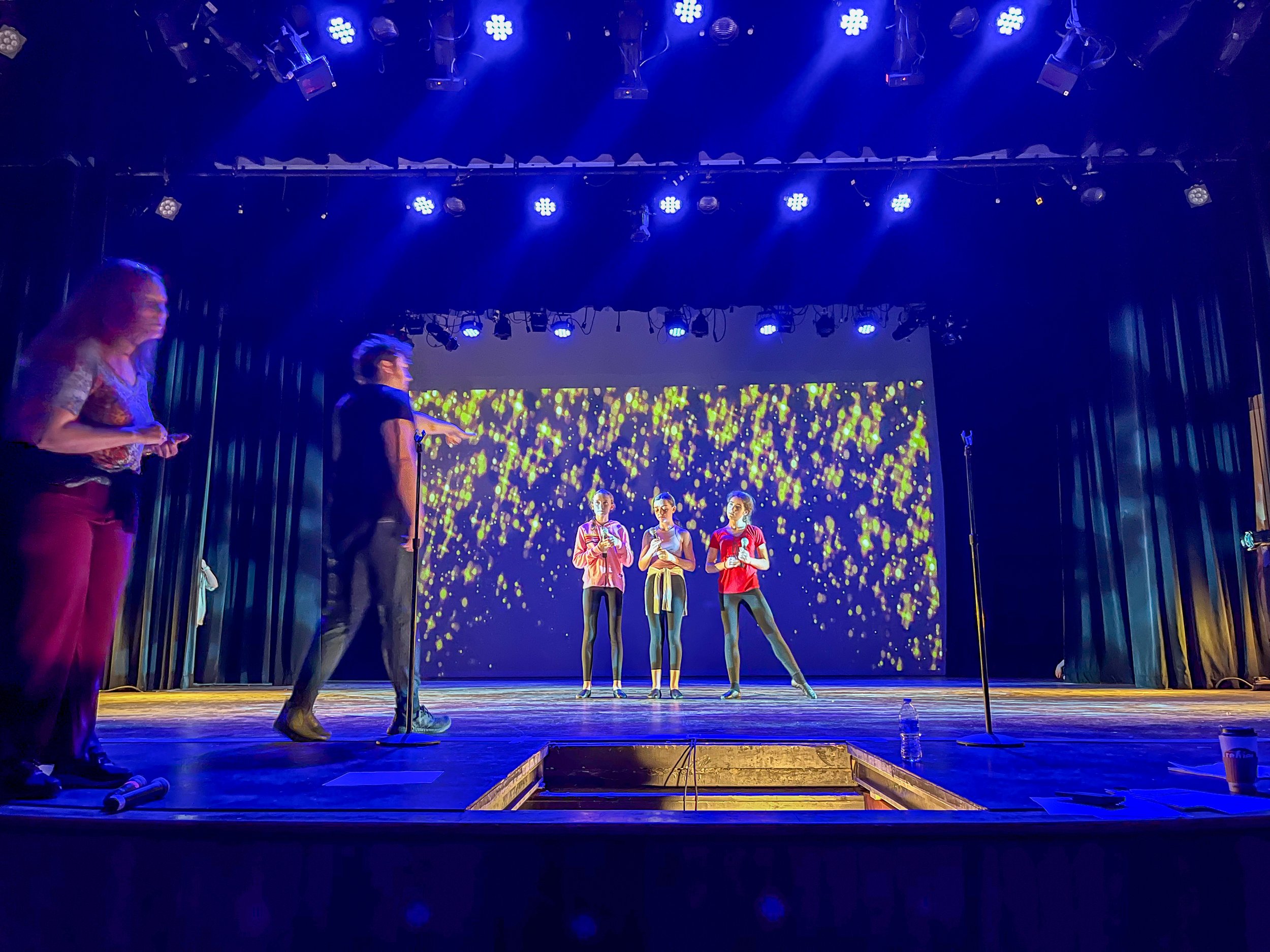
Audition Submissions
All campers are required to submit an audition online before the beginning of camp.
Auditions are submitted for many reasons:
The staff will get the opportunity to know all the campers before they arrive
Provides necessary information to choose material for the final showcase
Helps place campers in the correct class levels
Ensures that all classes are challenging and appropriate
Auditioner Basics
Give 100% Effort
Take A “Creative Risk”
Showcase your talents and abilities
What to Prepare
-
A contemporary monologue (approximately 1 minute long)
-
A 16-32 bar cut from musical theatre repertoire
-
A dance in the style of your choosing (1 minute or less)
In-depth instruction and helpful tips listed below
MONOLOGUES
The monologues must be from a published play. We are looking for natural and honest performances.
Choosing a Monologue:
Find a monologue from a play, not written for a monologue book. Make sure that you select material that has an age range you can play convincingly. We have provided options you may use or you may choose one of your own.
PREPARING A MONOLOGUE:
Based on the play and the character, answer the following questions:
Who are you and what is your personality like?
Where are you?
When is it? What century, year?
What time of year? What time of day?
Who are you talking to?
What do you want from them – or want to prevent them from doing?
What stands in your way?
Why must this be said now and not yesterday or tomorrow?
Monologue options: use one of your choosing or use one of the ones provided in these documents.
Monologues for ages 13 and up:
Monologues for ages 9-13:
SONGS
Your songs should be 16-32 bars long and less than one minute total. Songs must be performed with a backing track or live accompanist. We are providing options if you do not have time or know how to choose one.
Consider these basic tips:
Know your music/song
Know your tempo (how fast or slow you perform the song)
Know exactly where you will begin and where you will end
Know the accompaniment: how it sounds in relation to the musical line you are singing
Use good posture
Find a focus point. Pick a spot and visualize the person you are singing to
Know what you want from the character you’re singing to
Make specific choices about how you’re going to get what you want
Focus on the connection between you and the imaginary person you are singing to
Create a scene between you and an imaginary partner
SONG OPTIONS :
Choose any song from a musical that fits your voice and your style. If you don’t know how to find and/or cut a song, check out this youtube page. Pick a song and use the last minute of the song cut. Please begin at the beginning of a phrase, even if that means adding a few more seconds to the cut. Perform the song with this as your backing track.
DANCE
The solo dance presentation may be choreographed by the auditioner, a fellow dancer, a dance instructor or it may be taken from an original professional source. It should be in a style that best fits your training and experience or your personal passion for movement. If you have training and can do turns, leaps, tumbling, etc. please show that in the video.
If you would prefer to learn something and record it, you may use this.
“DANCING FOOL” Teach Through Folder
What the auditors will be looking for:
How much energy and effort you put into your performance and how well you relay the meaning of the song.
Are you confident with the material?
Are you on pitch, in rhythm, and properly projecting?
Expression and interpretation.
Showmanship/Expression: put the style of the piece in your body and face.
Confidence: show the choreographer that you are comfortable and confident with the combination.
Dance technique: show proper technique including body alignment, spatial awareness, rhythm, clarity of steps, etc.


